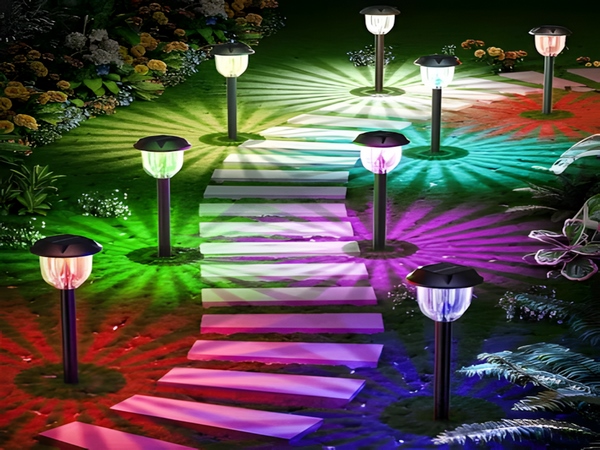

Previously, street lights were illuminated using electricity, which incurred significant costs. To reduce energy consumption, many cities have started using solar street lights that absorb solar energy during the day and utilize it for power at night, making them very environmentally friendly. Currently, solar street lights come in two types: integrated and split. What are the differences between split and integrated solar street lights? Here is an introduction from Century Sunshine Lighting.
Differences between split and integrated solar street lights:
1. Design
Generally, integrated street lights appear more compact and refined, while split street lights can create a visual sense of “pressure,” making them seem more aesthetically grand.
2. Efficiency
Although integrated street lights combine all components, reducing visual pressure, this also limits some functions. Under the same conditions, the larger the area of the solar panel, the greater its photoconversion efficiency.
Split street lights can be custom sized according to needs, while integrated street lights have less flexibility and must consider space occupied by other components, resulting in limitations on efficiency.
3. Safety
As solar street lights are installed outdoors, they may attract the attention of ill-intentioned individuals. Nothing can prevent the theft of batteries in split street lights, whether buried underground or mounted on poles.

On the other hand, to steal an integrated street light battery, one would need to remove the entire light, which is less likely to happen. Therefore, split street lights generally offer higher safety.
The above differences between split and integrated solar street lights have been shared here. I hope this article is helpful. If there are any questions, please feel free to leave a comment, and we will respond as soon as possible.



